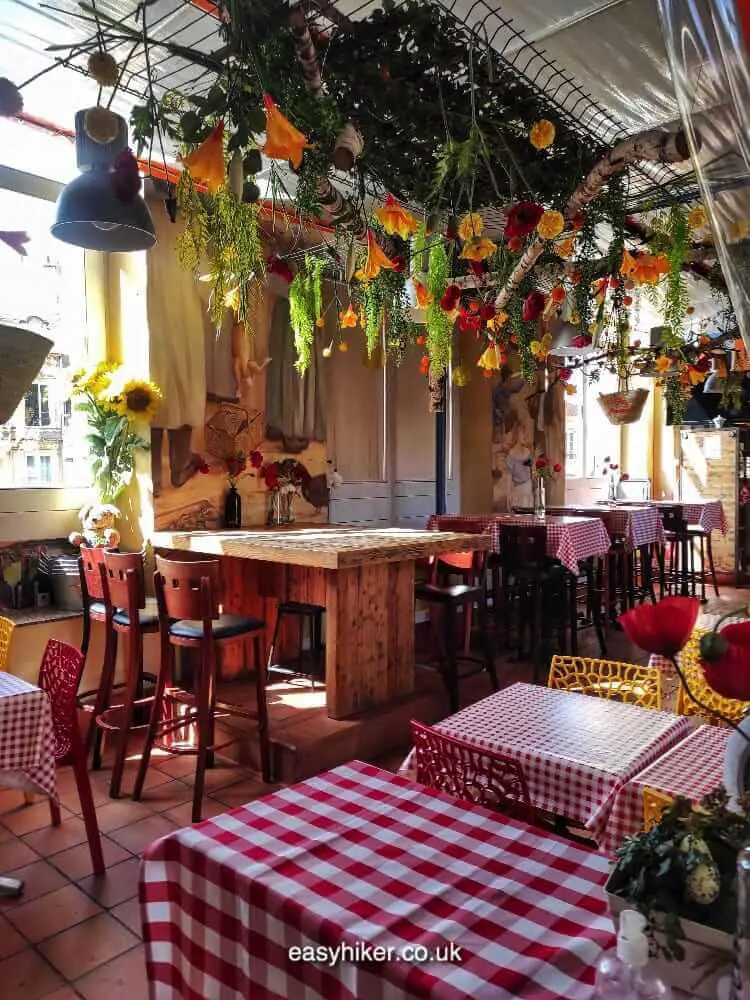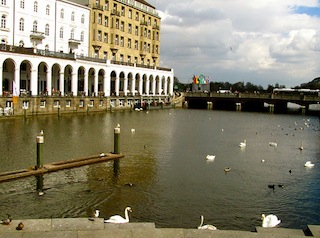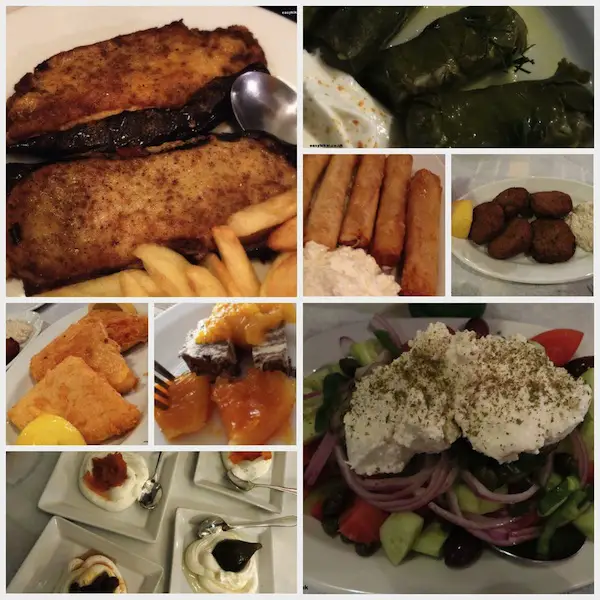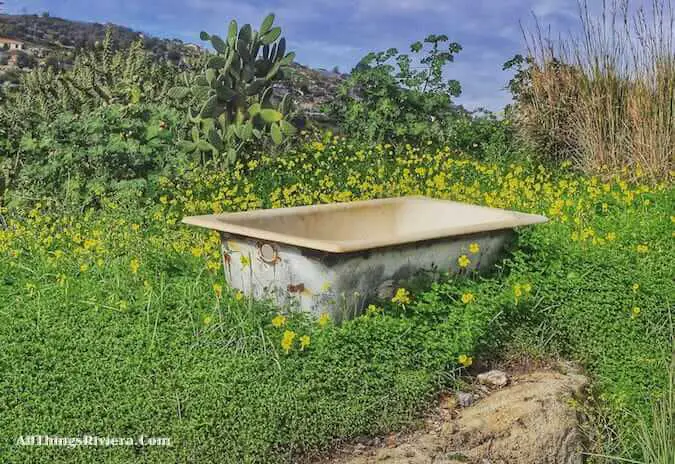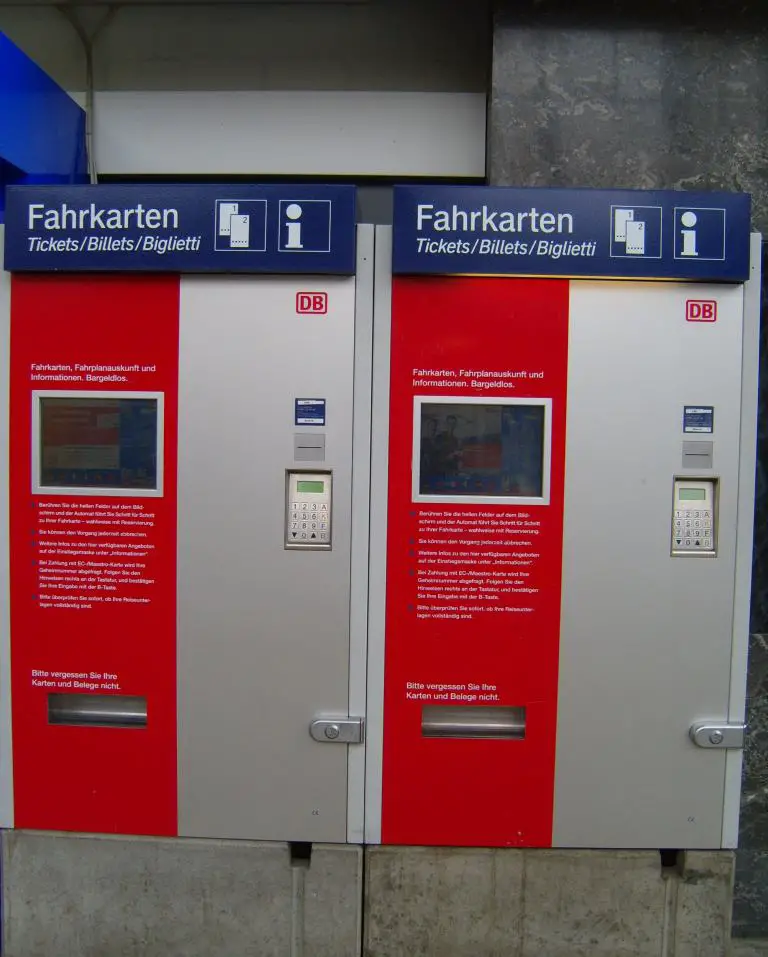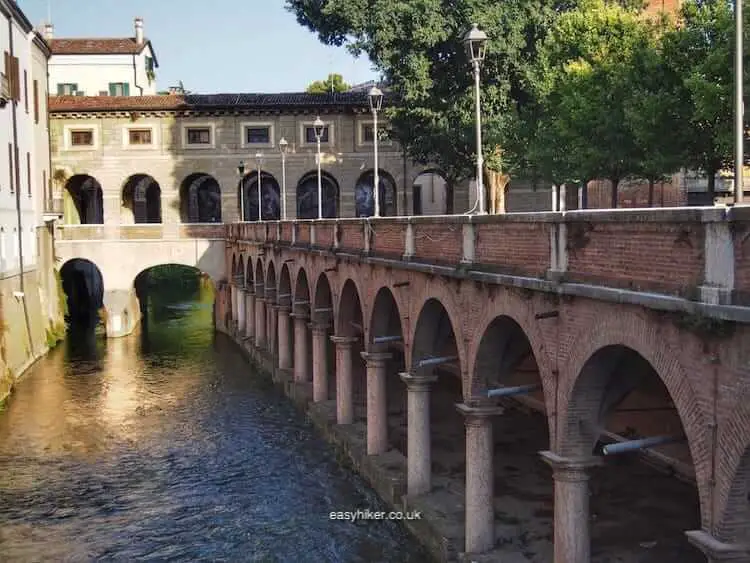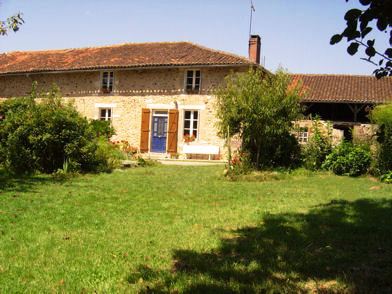When you pick a provincial city in France as your holiday base or destination, you never know in advance what you will be getting. Some of these cities are prosperous, well-kept, lively and colourful – others drab and full of the stench of misery and neglect. I call this the French Tourism Roulette.
Not everything in this game is pure chance. There are certain warning signs that your holiday may blow up in your face. Cities of misery and neglect are hardly ever located on the coast. They do not have a large university to their name. And many have an industrial past.
The city of Metz in the northeastern region of Lorraine ticks all of those Red Warning Light boxes. Which is why, having decided to make Metz a stopover on the way home from a recent trip, we approached the city with second thoughts about the wisdom of our choice.
But the story had a happy end for us: Metz turned out to be a true delight.
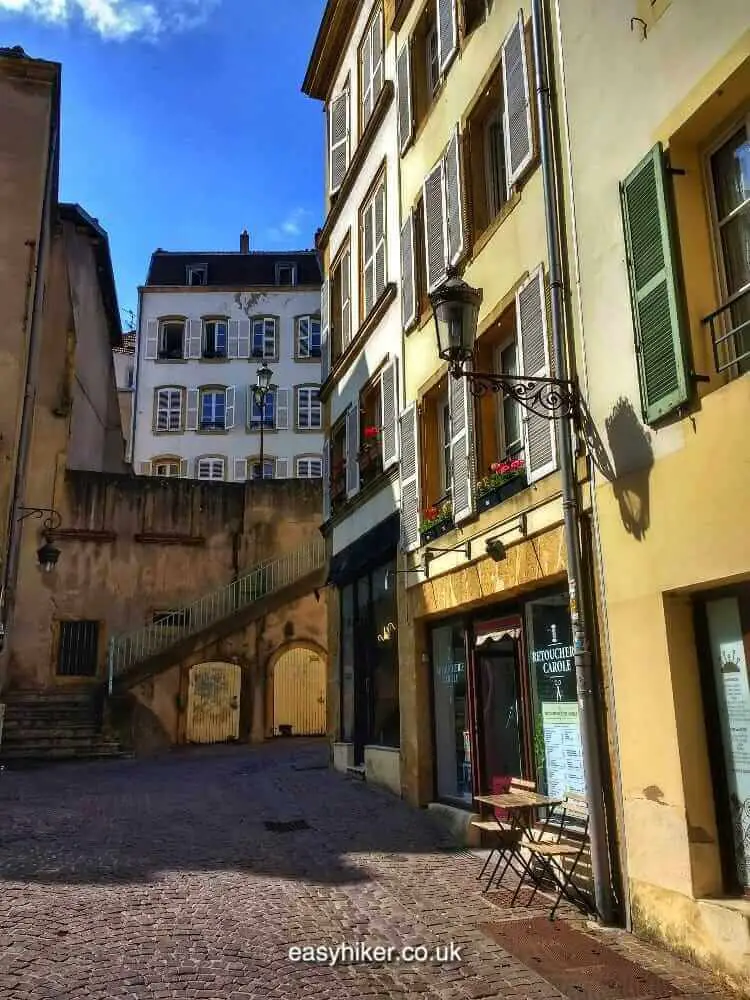
Metz may have an industrial past as the centre of the French steel industry in the 19th century, but its history reaches much further back (in Roman times, it was one of the largest cities in France with 40,000 inhabitants, more than the contemporary Paris) and peaked in the Middle Ages when the Free City of Metz became an important hub on the border between France and the Holy Roman Empire.
It is this period of the city’s history that is most reflected by today’s urban landscape.
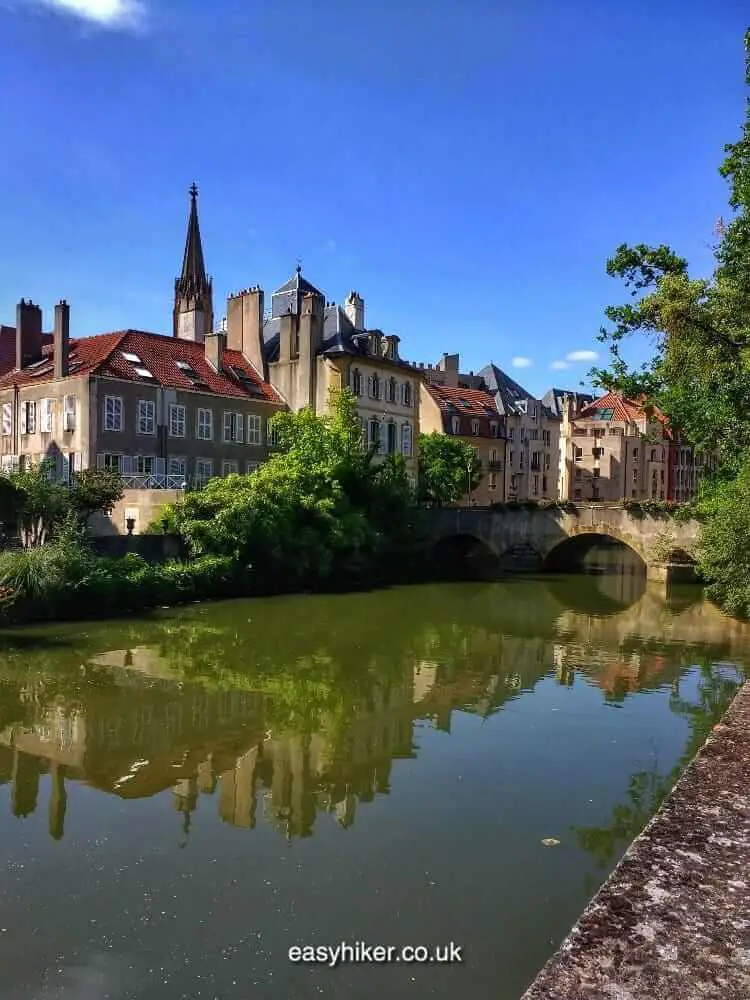
But Metz has something else that distinguishes it from all the other French cities with a glorious medieval background: in the late 19th and early 20th century, when most cities in this part of the world experienced a wild construction boom, Metz did so as a town in the Prussian Empire to which it belonged from 1871 to 1914.
This boom under a foreign power has left a permanent mark on the city: while the French had built up the city with yellowish limestone, the Germans brought over grey (sometimes pinkish) stone from the Black Forest quarries for their projects – in addition, of course, to their different ideas of what a prestige building should look like.
Today, these French and German architectural traditions stand side by side and give Metz an exotic cross-cultural touch that no other French city can muster.
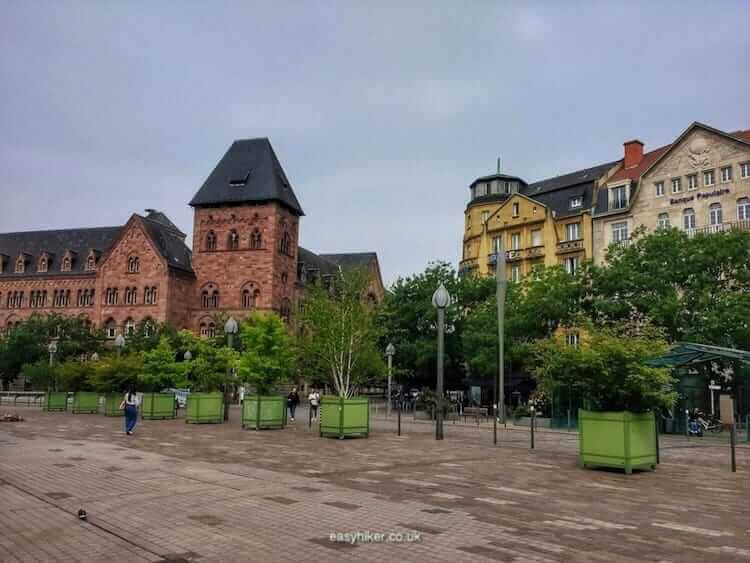
You can stroll through town and find interesting juxtapositions of the Latin and the Teutonic almost everywhere, but for the most rewarding time investment, if you only have a few hours to spend in the city, we suggest a visit of the Isles.
These are a cluster of river islands in the Moselle on the northwestern fringe of the city, which range from the civilized and gently bucolic …
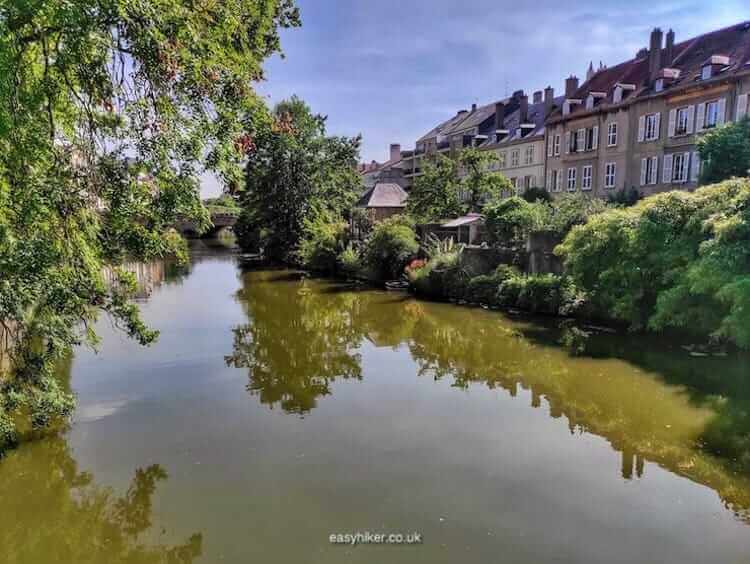
… to the semi-wild.
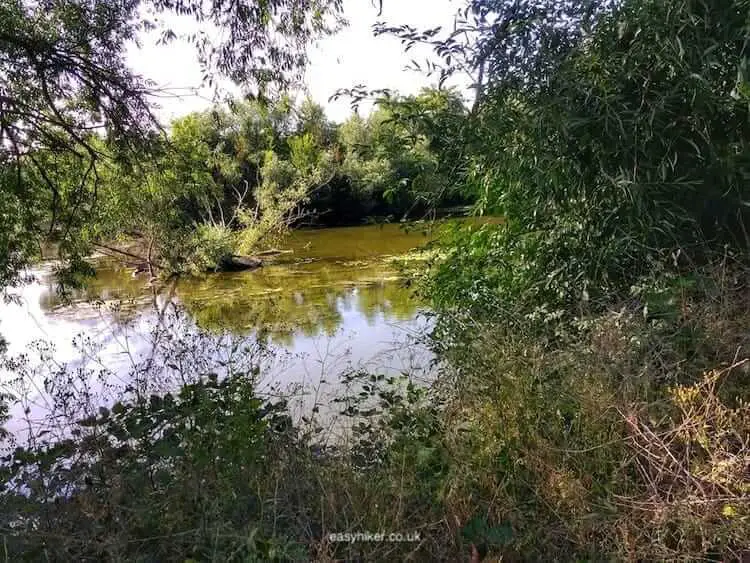
A good starting point for a brief exploration of the Isles is the Temple Neuf, a Protestant church on the Île du Petit Saulcy (the smallest of the lot). The Temple was built between 1901 and 1905, which places it squarely in the city’s German period.
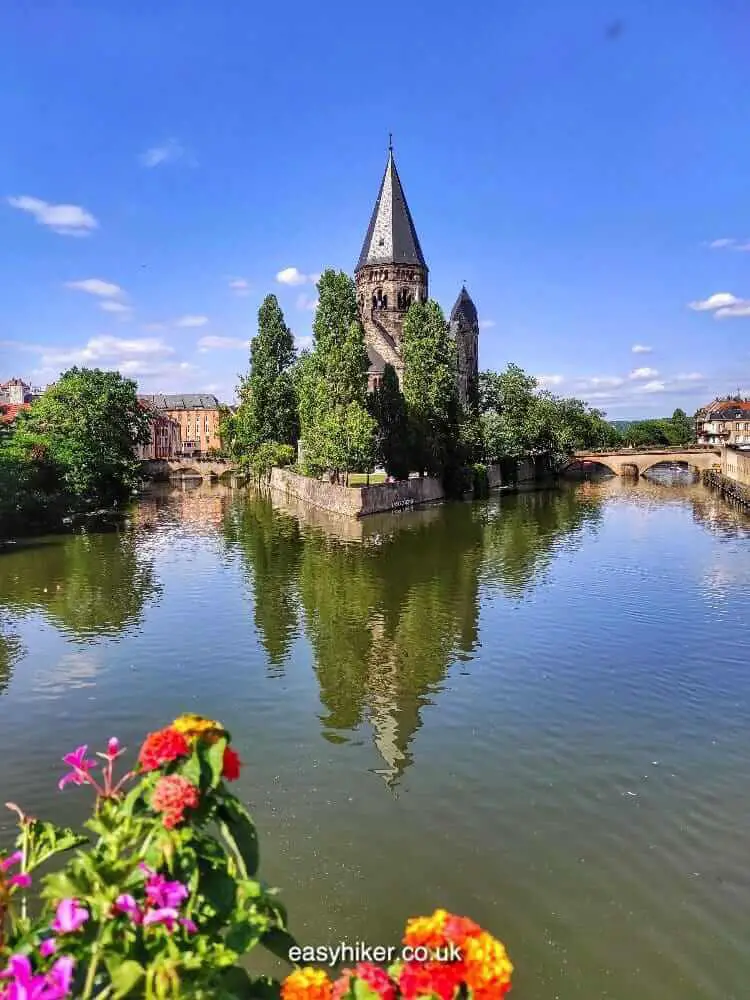
Its bulk dominates not only the tiny island on which it was built but many views of the adjacent town centre. Start your walk by exploring the island around the Temple first …
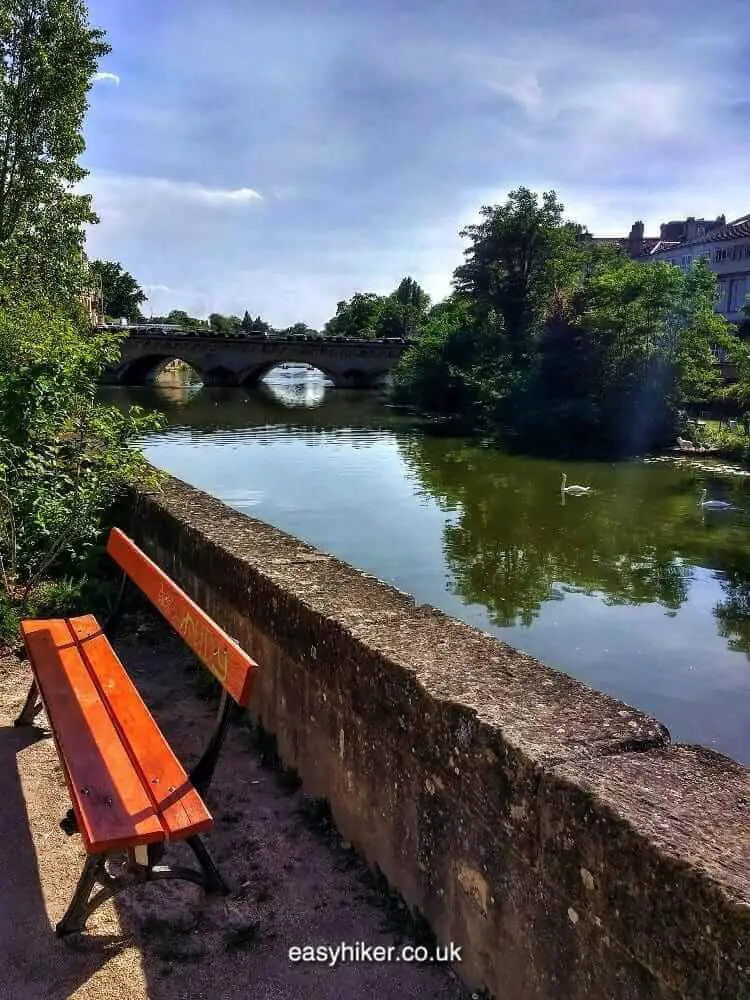
… before crossing the Pont Saint Marcel …
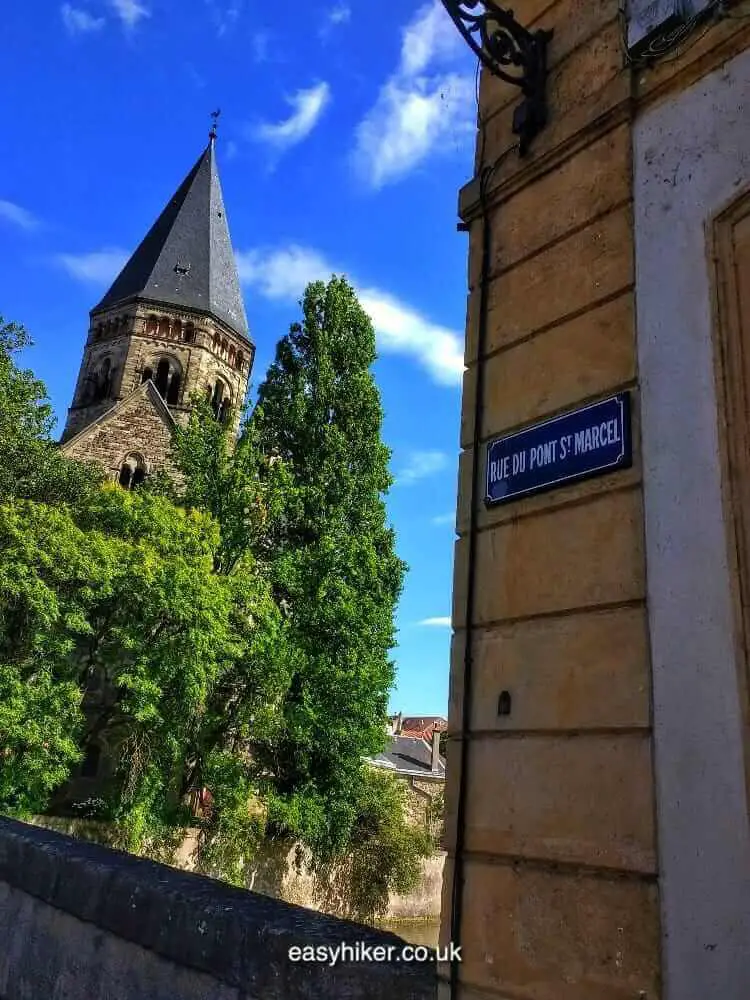
… over to the Ile Chambiere, the neighbouring river island. Walk into the garden on the far side of the Rue Belle Isle and turn left, past a quiet patch of the river. (On the other bank, you can see the Ile Fort Moselle).
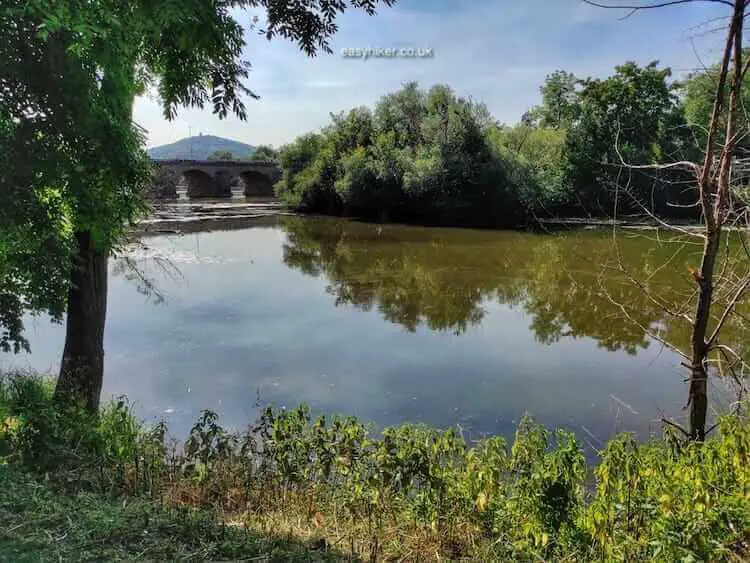
Continue to the Grand Pont des Morts on which medieval death sentences were carried out by sending off the condemned to sleep with the fishes. Pass underneath the bridge and follow the sweep of the foot path towards your left hand side …
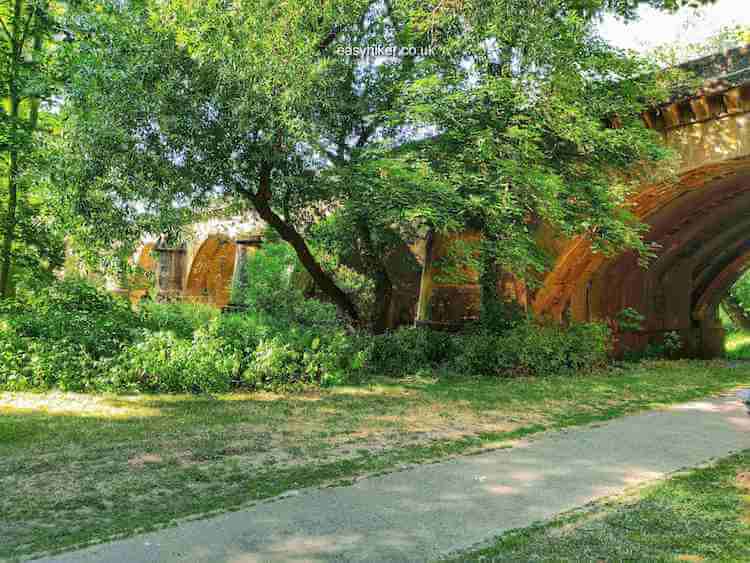
… to follow a much livelier side branch of the river, so lively in fact that this section of the Moselle is a much-used site for whitewater canoeing competitions on both the national and the international level.
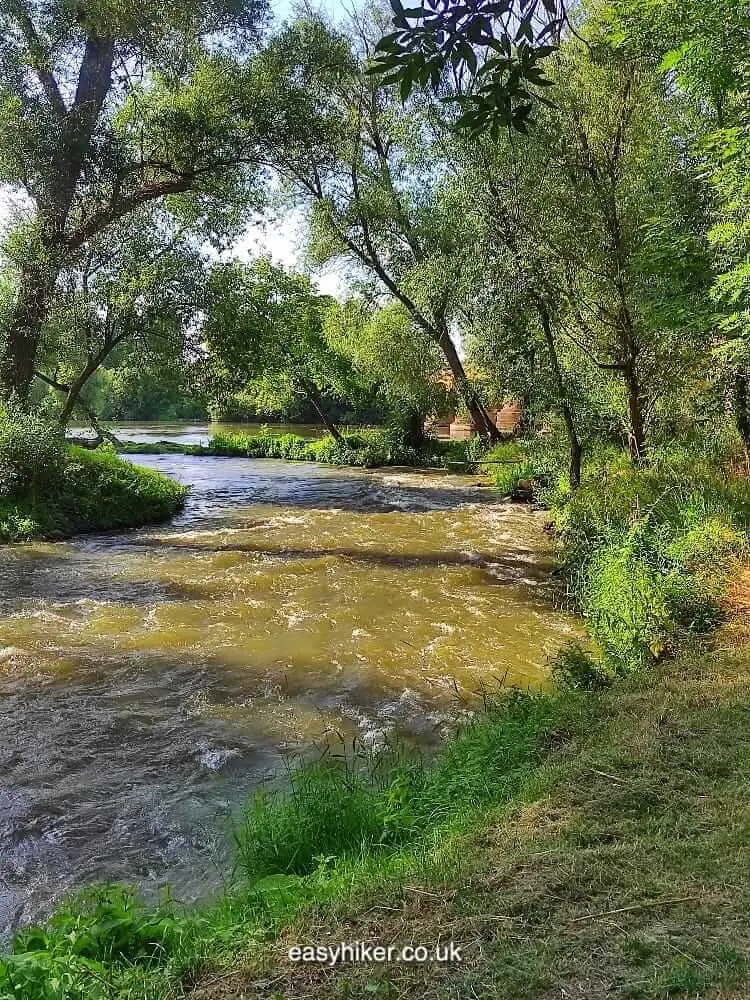
On your right hand side, across the river, lies the Ile du Grand Saucy, the home of the Metz university campus. Metz may no longer have a university of its own (in 2012, the local Paul Verlaine University was merged with all the other regional institutions of higher learning into the University of Lorraine), but several colleges have remained, and there are still approx. 15,000 students in town.
Follow the river to the end and cross back into town behind the Litfass column – a street furniture tradition that the Germans left behind – across the Moyen Port des Morts.
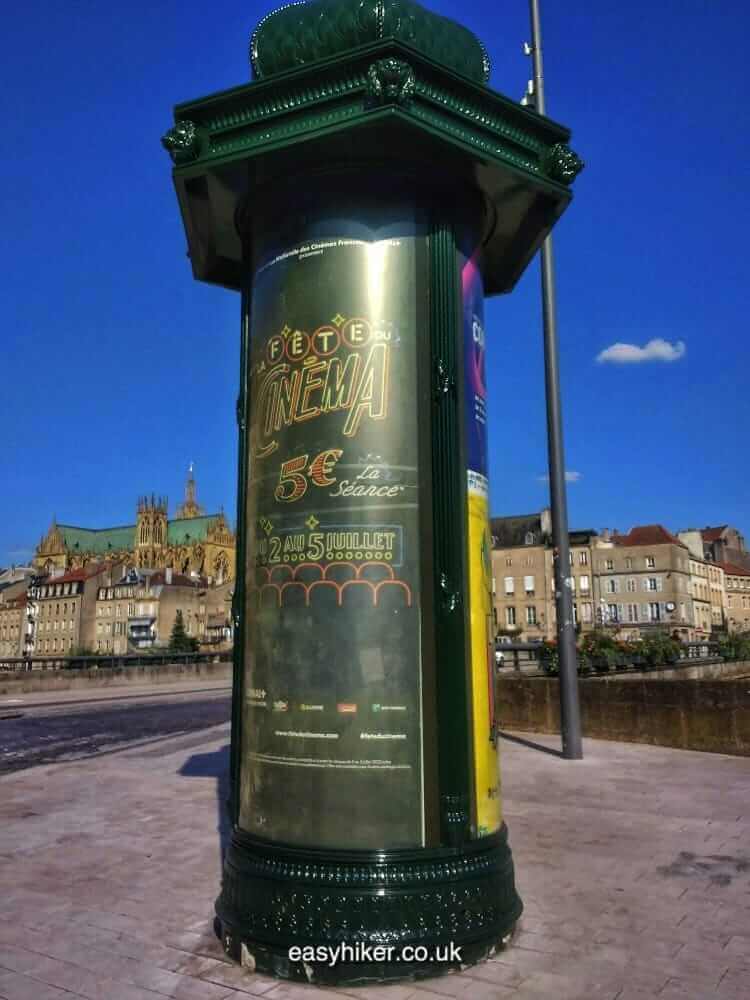
For a hearty meal, guaranteed to restore your strength after the exertions of the walk, we recommend the covered market near the Cathedral.
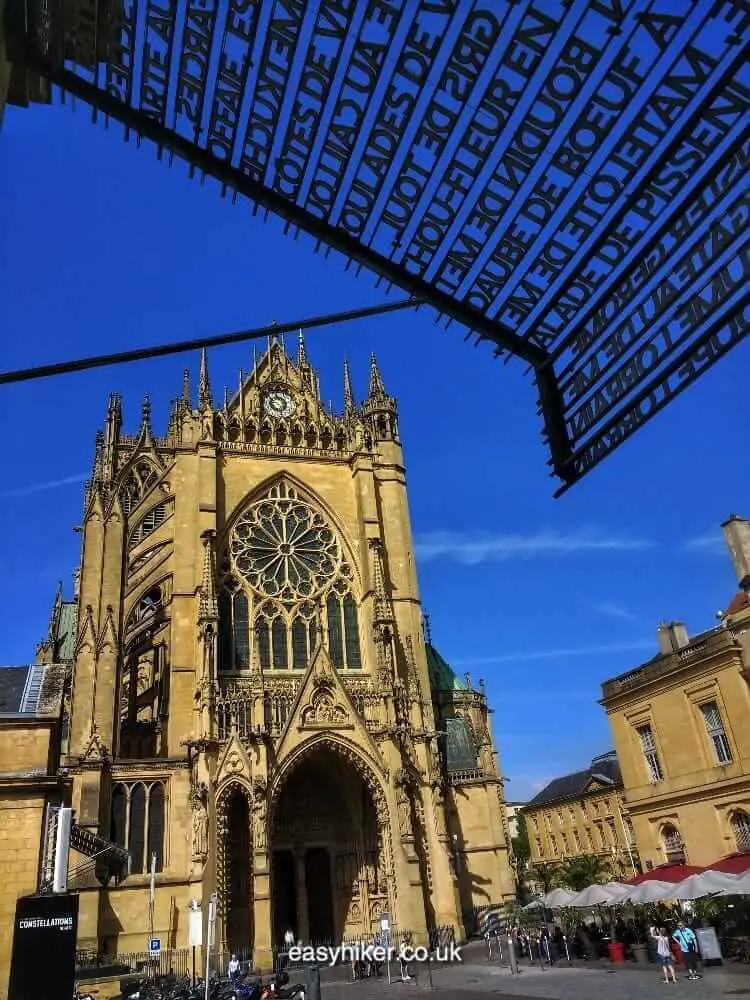
You will find many food stalls and small restaurants inside, all of which are serving robust local fare rather than complex haute cuisine dishes. But you can neither beat the views across the old town nor the rustic ambiente. Bon appetit!
